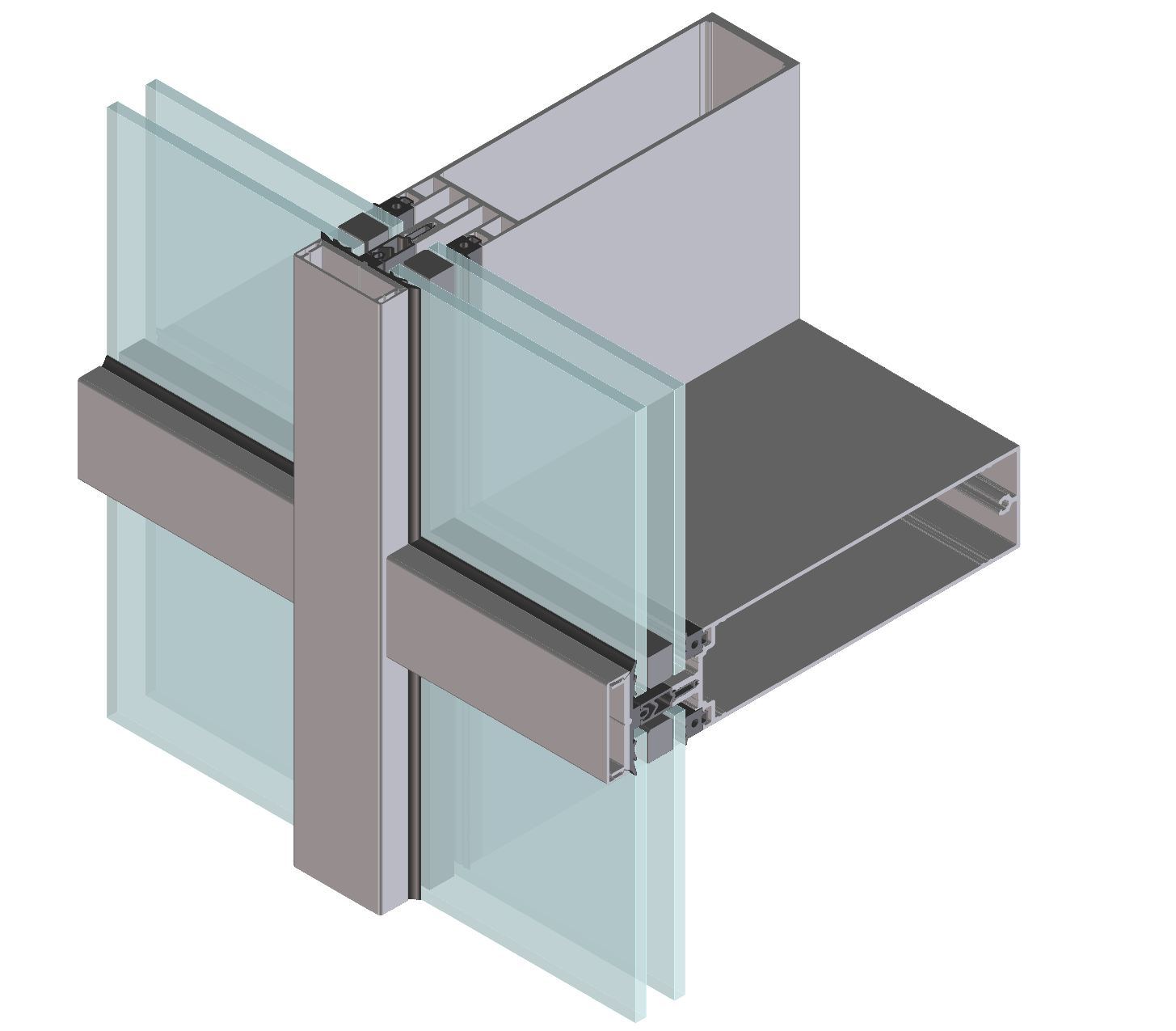Drape Wall Surface: Types, Components, Advantages & Downsides

Drape Wall Surface
The shielding layer of air in between the external and inner layers of glass aids to decrease warmth transfer, resulting in reduced cooling and heating costs and enhanced thermal efficiency. Wire internet curtain wall systems are a distinct and cutting-edge alternative for developing style, offering a distinctive appearance that is ideal for premium commercial and domestic projects. These systems include a network of steel cables that are tensioned to sustain large glass panels, developing an aesthetically striking and elaborate design. Structural glazing curtain wall systems utilize structural silicone to connect the curtain wall surface system to the building structure, removing the demand for visible mullions and transoms. This system can provide maximum power performance and aesthetic charm, but might need extra precise installation and be much more pricey.
Lumber is a renewable and lasting product that offers a distinct warmth and personality to constructing facades. One of the main advantages of steel curtain wall surface systems is their strength and longevity. Steel is an incredibly strong material that can supporting huge tons, making it https://squareblogs.net/prickaulzb/correct-roof-covering-installation-a-step-by-step-guide suitable for use in skyscrapers and other frameworks that need high degrees of structural stability.
The incorporation of energy-efficient glazing, thermal breaks, and solar control attributes can dramatically decrease energy intake and enhance interior convenience. The large expanse of glass allows for sufficient all-natural light, minimizing dependence on man-made lights and developing a link between the exterior and interior settings. There are a number of types of drape wall surface systems offered, each with its own special characteristics and applications. The most common types include stick-built systems, unitized systems, and point-supported systems. These systems vary in regards to installment approach, expense, flexibility, and efficiency.Drape wall surfaces are an external layer of a building that is used to confine the structure. A curtain wall can be composed of glass, steel paneling, or one more material that allows light to travel through it. Nonetheless, exclusively relying on daylight to adequately illuminate details tasks demands careful factor to consider of numerous factors. Window size, positioning, and calculated daylight factors all come into play in making certain sufficient and ideal all-natural light distribution for committed workplace. Drape wall surface stamina rests on the rigidity of its vertical mullions and their protected anchorage to the building structure. Glazing grains and compressible materials further enhance durability against wind damage by enabling panels to move separately within the system, reducing tension on the general structure.
Key Attributes Of Curtain Wall Surfaces
- This more recent option introduces a various approach of bonding the glazing to the mullion.In two-sided architectural glazing, there are still mechanical assistances on 2 sides of the system.Overall, drape wall surface systems use a variety of benefits to modern-day building design, supplying both functional and aesthetic benefits.Storefront systems may require even more constant upkeep than drape wall surfaces because of their construction and installment in high-use applications and high-traffic areas.The best means to avoid leakages is to identify any kind of pressures the curtain wall surface will likely be under.
Rainfall, wind, and temperature level changes can all impact just how well these non-structural building rooms hold up over time. It's essential to understand why making use of solid weatherproofing remedies is so crucial-- it aids keep the general quality of curtain walls and the whole building structure. Check out here Deflection in mullions is controlled by different forms and midsts of drape wall participants. The depth of a provided drape wall surface system is usually controlled by the location minute of inertia required to keep deflection restrictions under the spec.
Unlike typical walls, drape wall surfaces are not load-bearing, which suggests they don't give structural assistance to the structure but only sustain their very own weight. Dealt with drape wall surfaces, or stick curtain walls, are the most common type of curtain wall. Including the most up to date innovations in curtain wall building is necessary for satisfying future environmental standards and boosting structure efficiency. By utilizing sustainable products, leveraging innovative innovation, and implementing smart systems, the future of drape wall surface design promises increased effectiveness and performance. The selection in between these systems depends on project-specific elements such as budget, timeline, style intricacy, and desired efficiency results.
The framework is affixed to the building framework and does not lug any of its lots. Today these external "curtain" walls supply outstanding looks, however they still additionally serve a vital role in sustainability and safeguarding a structure envelope. Drape walls and boundary sealants need upkeep to optimize service life. Boundary sealers, properly created and set up, have a regular life span of 10 to 15 years. Removal and substitute of perimeter sealers need careful surface prep work and appropriate outlining.
